When it comes to natural beauty and aquatic adventures, the United States offers a remarkable diversity of lake-filled landscapes. Some states boast thousands of shimmering bodies of water, creating havens for fishing, boating, swimming, and serene reflection. These aquatic treasures are an integral part of the American experience.
From glacier-carved lakes in the North to sprawling reservoirs in the South, these water-rich destinations shape local cultures, ecosystems, and economies. When ranking U.S. states by the sheer number of lakes within their borders, some stand out as aquatic giants, boasting thousands of lakes each.
The Science of Limnology: The Hidden World Beneath the Water
Limnologists are scientists who specialize in the study of lakes, water bodies, and inland water systems, like rivers. Clear distinctions between lakes, ponds, swamps, and other non-oceanic water bodies remain elusive, because each state uses their own criteria exist to separate them.
Universal criteria to differentiate what constitutes a lake do not exist between the states in the U.S.In the United States, a lake is typically defined as a relatively large, standing body of water. As a result, lakes and ponds are often confused, although most states recognize ponds are smaller compared to lakes. This ambiguity highlights the complexity of categorizing natural water systems.
What U.S. State Has the Most Lakes?
Geographical wonders populate the U.S. with biodiversity, flora, and fauna. From the tundras and ice in Alaska to the deserts of the American West to the prairies of the Great Plains to the breadbasket of the Midwest to the lush Southeast to the mountains and plains of the East Coast, and much more, the U.S. is teeming with lakes, man-made and natural.
Alaska has the most lakes in the U.S. This makes sense given the fact that Alaska is the largest U.S. state and that much of its terrain is filled with glaciers, ice, and snow.

The Top States with the Most Lakes
The top ten U.S. states with the most lakes vary, based on criteria like size and definition. Lake Hub used the numbers from the state agency charged with managing natural resources.
1. Alaska
The Alaska Department of Fish and Game counts 3,197 officially named natural lakes and 3 million unnamed natural lakes, for a total of 3,003,197 lakes.
2. Wisconsin
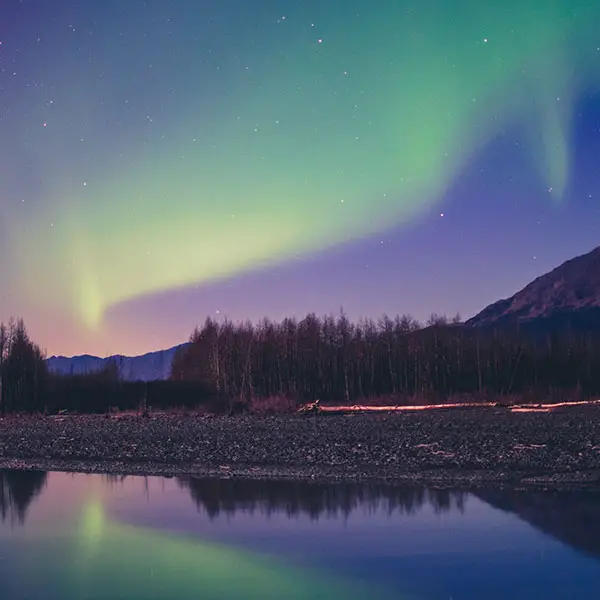
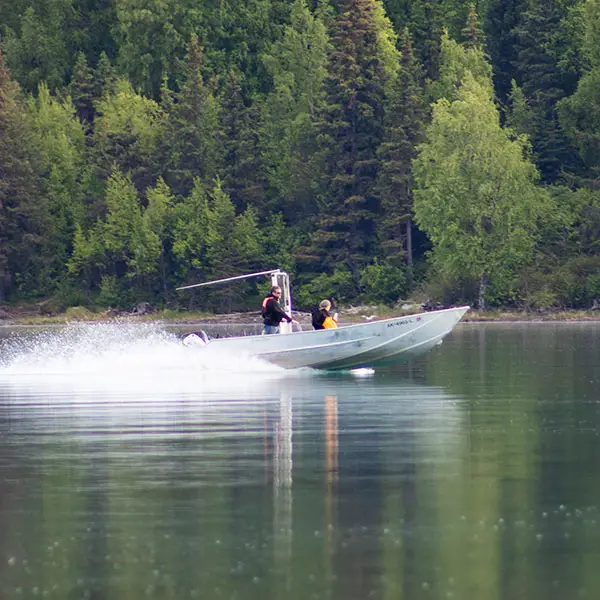
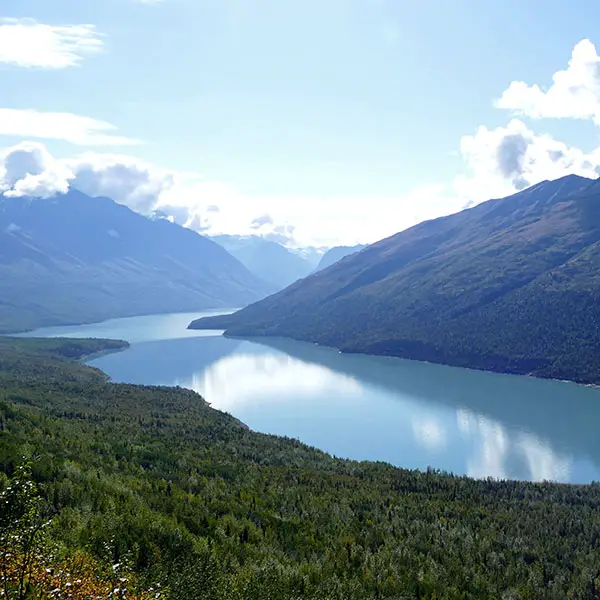
The Wisconsin Department of Natural Resources cites that Wisconsin has over 15,000 lakes, defined as bodies of water that are at least 2.2 acres in size. (there is a debate between Minnesota’s numbers of lakes)
3. Minnesota
Known as the “Land of 10,000 Lakes,” The Minnesota Department of Natural Resources reports that Minnesota has 11,800 lakes larger than 10 acres (there is a debate between Wisconsin’s numbers of lakes).
4. Florida
The Florida Fish and Wildlife Conservation Commission counts approximately 7,800 lakes larger than 10 acres, with Lake Okeechobee being the largest.
5. Washington State
The Washington Department of Ecology reports that Washington has over 7,800 lakes, ponds, and reservoirs.
6. New York
The New York State Department of Environmental Conservation cites that New York contains about 7,600 lakes larger than one acre.
7. Texas
The Texas Aquatic Science wing of the Texas Parks and Wildlife Department reports that there are over 200 major reservoirs and over 5,000 smaller ones in Texas. The Texas Parks & Wildlife Department reports over 6,700 lakes and reservoirs in Texas.
8. California
The California Natural Resources Agency reports its state has around 3,000 lakes.
United States Lakes FAQ:
What State Has more lakes, Minnesota or Wisconsin?
Minnesota and Wisconsin use different criteria to define what constitutes a lake. The Minnesota Department of Natural Resources requires that lakes must meet minimum size requirements to be considered public waters. Within municipalities, lakes must be at least 10 acres in size. In unincorporated areas, the minimum size of a lake increases to 25 acres.
Wisconsin Department of Natural Resources classifies lakes as small and less than 10 acres and large or more than 10 acres. The Wisconsin Department of Natural Resources cites that Wisconsin has over 15,000 lakes. The Minnesota Department of Natural Resources reports that Minnesota has 11,800 lakes larger than 10 acres.
Does Michigan Have 10,000 Lakes?
Often, Minnesota and Michigan are confused when it comes to their lakes. Minnesota uses the marketing slogan, “Land of 10,000 Lakes”. Michigan’s state motto is, “The State Motto is “Si Quaeris Peninsulam Amoenam, Circumspice,” which means “If you seek a pleasant peninsula, look about you.”
What US State Has No Lakes?
The State of Maryland has no natural lakes. Maryland built numerous reservoirs and man-made bodies of water. The Appalachian mountains and coastal plains shape Maryland’s geography. This geography does not naturally support the formation of lakes like those found in other northern states.
What State Has 10,000 Lakes?
Lake Hub could not find any U.S. state with exactly 10,000 lakes. This query comes from the Minnesota State motto, “Land of the 10,000 Lakes”. The Ten Thousand Lakes of Minnesota Association actively marketed the state by this slogan in the early 1900s. The Michigan State Legislature officially adopted this slogan by adding it to vehicle license plates in 1950.
Why Does Kansas Have so Many Lakes?
Kansas built 24 large man-made reservoirs ranging in size from 1,200 to 16,000 surface acres. due to the state’s need for water management. Most of these lakes in Kansas are reservoirs and created by damming rivers or creeks. The federal government built these reservoirs between 1940 and 1982 for flood control, water supply, and recreation.
Kansas also has natural lakes and ponds. The Kansas Department of Wildlife and Parks currently manage 28 state parks, 40 state fishing lakes, and 300,000 acres of public lands. Most lakes in Kansas lie within the Missouri and Arkansas river basins, and while natural lakes are rare, they do exist.
Does Delaware Have Natural Lakes?
Yes, Silver Lake and Lake Comegys are remnants of the alluvial flow that followed from the receding glaciers of the last Ice Age. They are the only natural freshwater lakes in Delaware and closer to the Atlantic Ocean than any other freshwater body in the United States.
What Is the Cleanest Lake in US?
While clear lakes are often clean, a clean lake may not always be clear. A lake may have clean water in terms of chemical balance but still have reduced clarity due to factors like natural organic material or suspended algae that do not affect the overall quality of the water.
A clear lake refers to the visual clarity of a lake’s water. The term clean lake is broader and refers to water quality and the absence of pollutants, such as chemicals, heavy metals, or excess nutrients.
The states with the cleanest and clearest waters that frequently show up in various credible scientific sources are:
Lake, Louise, Florida: Lake Louise is generally considered the US lake with the least pollutants, both natural and chemical, often cited as the cleanest lake in America, based on various water quality factors including dissolved oxygen levels and pH balance.
Crater Lake, Oregon: A volcanic lake with no inlet or outlet, Crater Lake has some of the cleanest water in the U.S., reaching visibility depths of over 100 feet
Lake Tahoe, California/Nevada: Famous for its crystal-clear water, Lake Tahoe remains one of North America’s cleanest lakes, offering exceptional visibility
Lake Chelan, Washington: Known for its depth and clarity, this glacier-fed lake offers pristine conditions that have earned it a spot among the cleanest in the U.S.
Flathead Lake, Montana: As the largest natural freshwater lake in the western U.S., Flathead Lake is renowned for its clean water and scenic surroundings
Hanging Lake, Colorado: A rare gem, this turquoise lake is situated along a cliffside in Glenwood Canyon, and its beauty is matched by the purity of its waters
Lake George, New York: Nicknamed the “Queen of the Lakes,” Lake George is known for its deep blue waters, which attract visitors from all over the U.S.

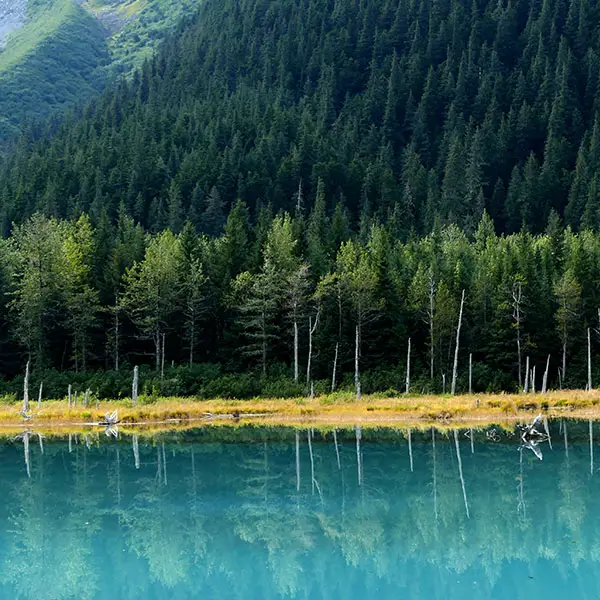
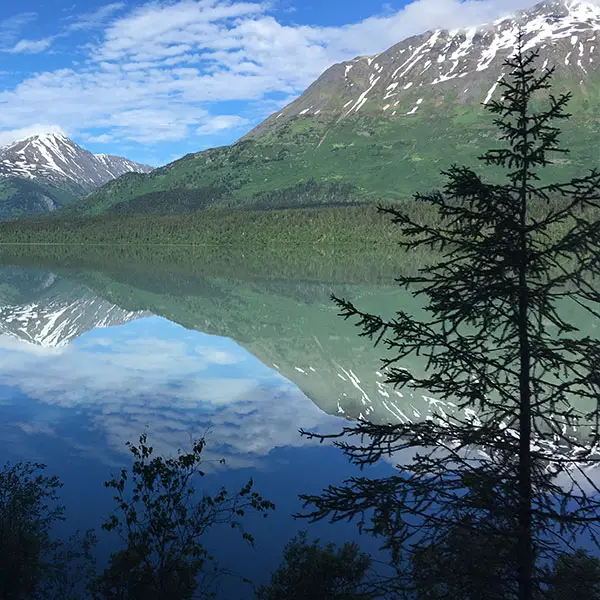
Alaska Lake FAQ
The Alaska Department of Fish and Game counts 3,197 officially named natural lakes and 3 million unnamed natural lakes, for a total of 3,003,197 lakes. Alaska has over 40% of the nation’s surface water resources, over 12,000 rivers, and 3 million lakes greater than 5 acres.
Alaska’s largest lake is Lake Iliamna, which is the second largest freshwater lake in the United States behind Lake Superior and covers an area of 1,115 square miles.
What Is the Deepest Lake in Alaska?
The Gompertz Channel leads into Anchorage, Alaska, and Anchorage lies at the top of the channel. On the northwestern side of the channel, about 50 miles inland, sits the Kirkwood Archeological District and the Lake Clark National Park and Reserve, and Lake Clark.
Lake Clark is the deepest lake in Alaska at 1,054 feet deep. Lake Clark preserves the ancestral homelands of the Dena’ina people, an intact ecosystem at the headwaters of the largest sockeye salmon fishery in the world, and a rich cultural wilderness.
Lake Clark is the seventh largest freshwater lake in Alaska, covers 4,030,015 acres, and is over 40 miles long. The Lake Clark National Preserve is approximately 4,000,000,000 acres of pristine beauty. The preserve comes in a complete Alaskan package with glaciers, tundra, volcanoes, and waterfalls, plus a vast array of wildlife and flora.
Which Five States Have the Least Amount of Lakes?
The five states with the least amount of natural lakes are Delaware, Maryland, Nevada, Texas, and Wyoming. The states of Delaware and Texas have only one man-made lake each. Maryland has no naturally occurring lakes and over 100 man-made lakes.
Most U.S. states have built dams and impounded lakes for flood control and water supply services. These are man-made lakes. Natural lakes are not as plentiful in the U.S. as man-made lakes.

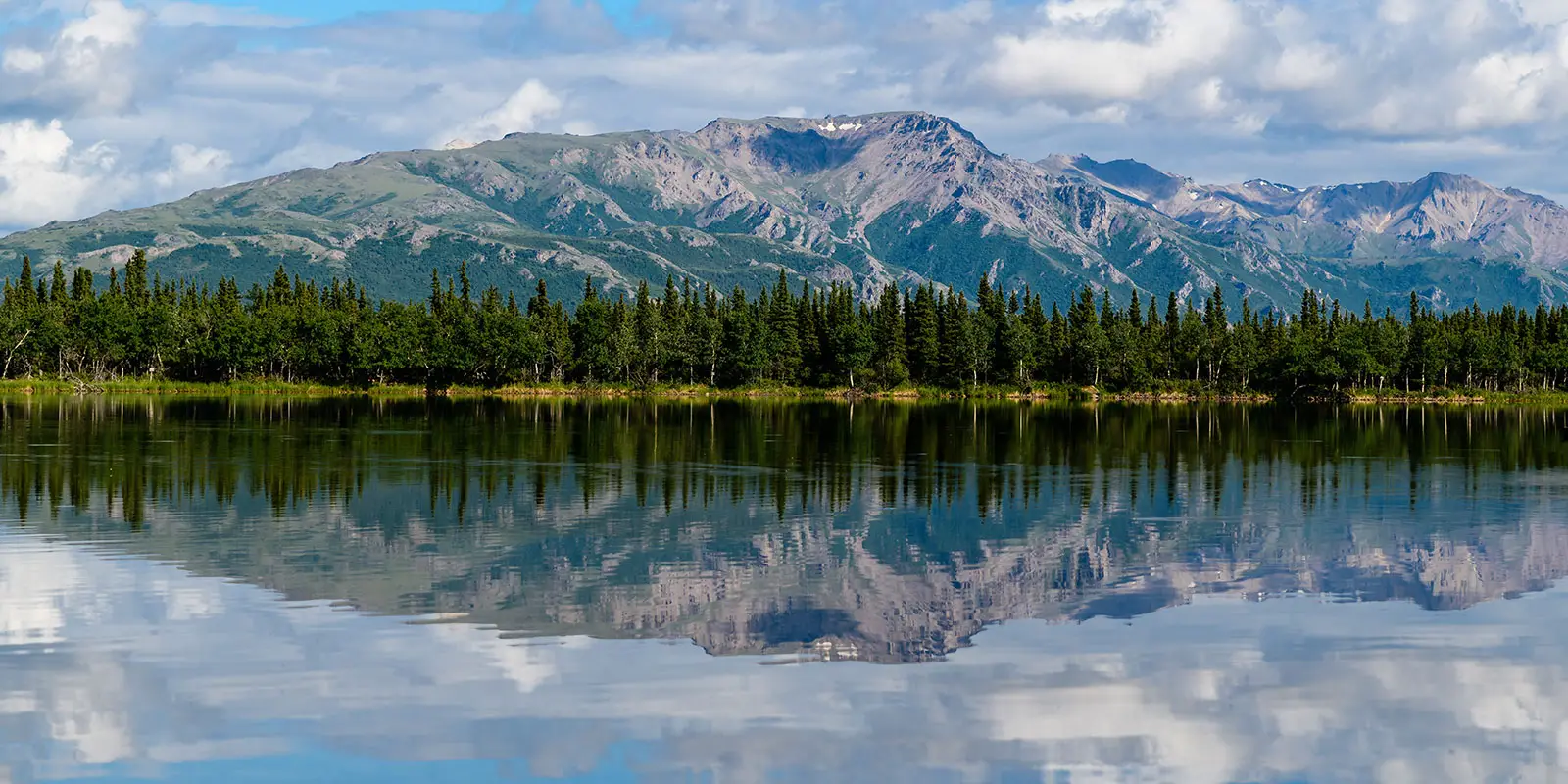






1 Comment